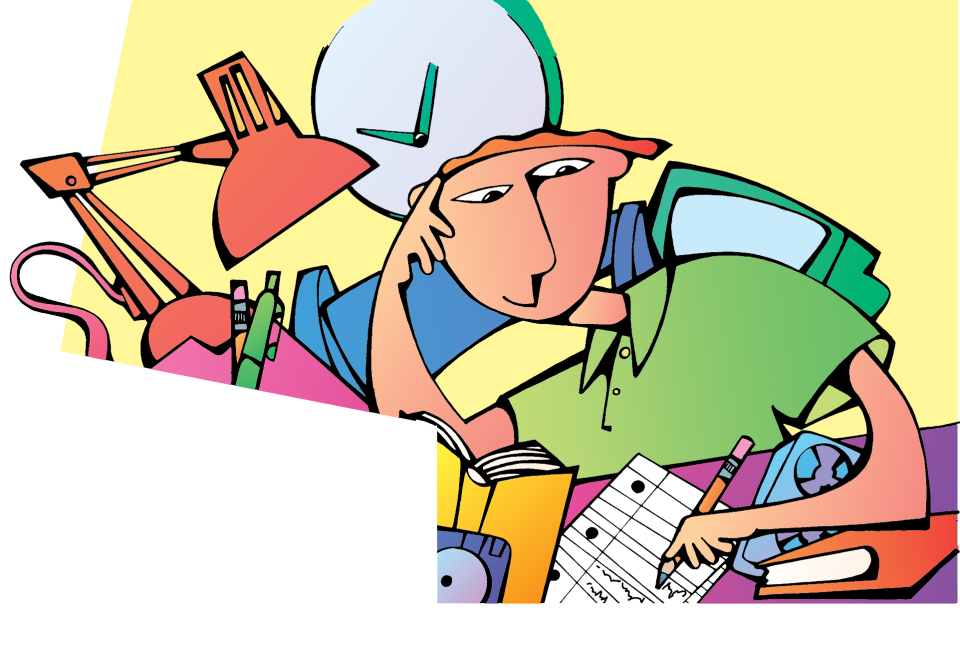
For far too long, the ELA community treated reading and writing a bit like rival siblings. Everyone knew the two were related, but many believed they were better off taught separately. Curricula often focused on reading, while writing was cast aside as secondary, the Harry to reading’s William.
Today, we know we had it wrong. The two literacies not only belong together but also get along splendidly when taught in tandem. Indeed, a recent report from Education Week renews the call to connect reading and writing instruction, beginning in the earliest grades.
But what does this look like in practice? The following tips and activities can help you create a reading-writing connection in your classroom.
How can I connect reading and writing?
1. Use the same terminology for writing and reading.
When writing fiction, students should use the words of literary analysis: character, setting, plot, theme, and so forth. So, too, when reading nonfiction, students should use the traits of writing: ideas, organization, voice, word choice, sentence fluency, and conventions. By using a common vocabulary, you not only avoid confusion but also help students see themselves as writer-readers and reader-writers.
2. Use common graphic organizers.
The graphic organizers that help students gather details during prewriting can also help them analyze details after reading. For example, if students use a Venn diagram to prepare to write a comparison-contrast essay, have them also use a Venn diagram to analyze a comparison-contrast essay.
3. Write the forms you are reading, and read the forms you are writing.
Plan your reading and writing time to complement each other. If you are reading short stories, write short stories. If you are writing expository essays, read expository essays. Each activity deepens the other.
4. Use reading to demonstrate writing techniques.
Use literature to show the traits, concepts, skills, and techniques students can use (or learn to use) when they write. For example, when you want students to learn how to create narrative tension, introduce excerpts from short stories that use this technique. Then lead a discussion of how the authors do what they do. When teaching about answering objections, select editorials that do just that and discuss how the answers strengthen the writers’ positions.
5. Use writing to improve reading comprehension.
When students learn about literary techniques and then use them in writing, they internalize the concepts. So, if you want students to understand a literary technique such as foreshadowing, have them write a paragraph that uses foreshadowing.
What activities enhance the connection?
Activity 1: Spot the Text Structure
Teaching about effective text structures is crucial both for reading and writing. Introduce the Read STOP Write method and the following activity to raise students’ awareness of common text structures.
Activity 2: Reading as a Writer
Close reading leads to good writing. By reading as a writer, students can discover strategies for their own writing. Have students work on this minilesson to focus on the decisions and techniques authors use to communicate.
Activity 3: Which Draft Is Better?
To develop new writing skills, students need something to emulate. You can have students read models of strong writing to explore new genres and prepare to write. You can even use models to help your students revise. For instance, have students complete “Which Draft Is Better?” to compare two models, choose a favorite, and apply features of their choice to their own writing. (The activity includes two sample models. Feel free to refill the columns with different readings of your choosing.)
Activity 4: Modeling with the Masters
You probably know that writing about reading improves comprehension. But did you also know that mentor texts can teach new strategies for writing? Have students reserve a space in a journal or notebook to record "mentor gems." Mentor gems are special words, sentences, passages, or techniques that stand out in books and mentor texts. As an activity, have students pick a mentor gem and model a particular skill from it, completing the "Sentence Models with the Masters" minilesson.
Final Note
The best integration of reading and writing in your classroom comes from you and your students. Programs can go only so far. They are repositories of models and assignments, but you and your students are the reader-writers and the writer-readers who bring the language-arts community to life.

